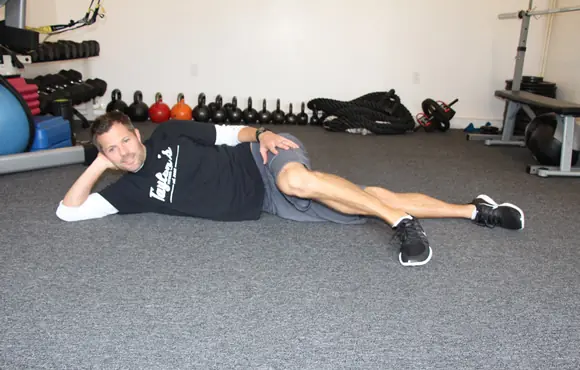
Trail running has given a huge boost to running and provided a new outlet for athletes looking to test themselves over diverse terrain while escaping the urban challenges of traffic, exhaust and construction zones. With marathon training requiring so many miles of training per week, hitting the trails can be an attractive diversion. When athletes are focused on marathon preparation, trail running can be incorporated to enhance mental preparation and build strength, but factors of timing within the training plan and the risks associated with running on trails must be considered. To make trail running a productive part of your marathon training, follow these strategies and work with a coach to maintain the proper balance of trail running versus focused marathon training.
Trail Running Can Build Strength and Improve Form
As marathon training miles accumulate it’s tempting to start logging miles off-road and there are many benefits to be gained simply from changing surfaces. Trail running will strengthen muscles in the foot, ankle and pelvis, otherwise not developed while running on urban terrain. This strengthening increases overall muscle recruitment, creating more power and resulting in greater running efficiency. Running efficiency is obviously important over the 26.2-mile distance and can be developed effectively off-road.
There are two major sources of trails: hiking trails and rails-to-trails that provide different topographical aspects to training session. Quick Tip
Tempo training differs in intensity with 80 percent to 85 percent efforts in intervals of five to 10 minutes with 60 to 90 seconds recovery or longer efforts up to 40 minutes without recovery. Marathon training is comprised mostly of these workouts and when completed on rails-to-trails, the focus is on pacing or form, not navigating traffic or beating red lights. Studies have shown that running on lower stiffness surfaces, like soft trails, increases the corresponding metabolic demands of running without otherwise changing running support mechanics (Kerdok, et al., 2002). This is helpful during the marathon base building phase when intensity is low and volume is increasing, as it allows increased workload without requiring speed training or overly increasing mileage.
Nothing makes a run go by faster than quiet, natural surroundings where you are not bombarded with horns and stoplights.
Trail Running Can Increase Your Focus
Mentally speaking, trail running provides an escape from traffic, crosswalks and running on crowded roads. Nothing makes a run go by faster than quiet, natural surroundings where you are not bombarded with horns and stoplights. Getting out on a trail allows you to truly focus on the training session objectives, running form and even competition goals. When talking about a great marathon performance runners will always talk about getting into a good rhythm or being in “the zone.” This seems easy to do on a racecourse blocked off from vehicle traffic and with the whole road to use, but in training it can be challenging and best accomplished on a trail. Getting in the zone is something that can and should be practiced in training and the ideal place to find the distraction free environment is on the trails.
One method is to mentally concentrate on the sound of each footstep hitting the trail and recognizing change in pace thru sound (similar to learning rhythm on a musical instrument). This exercise is most successful by leaving the headphones at home and on a quiet trail without distractions. There is also research that verifies the positive mental effect of hitting the trails, which found participants tend to walk faster with a lower RPE, at a greater physiological effort (verified by heart rate and blood lactate), suggesting they perceive exercise to be less demanding when performed in a natural environment (Ceci et al., 1991). This perceived lower effort has advantages during high volume marathon training when mental fatigue makes it harder complete (or sometimes just start) a training session.
Mental preparation for marathons is just as important as the physical preparation in regards to focus, race strategy and motivation. Trail running provides an opportunity to practice these skills and escape the stress related to urban running.
- 1
- of
- 2
About the Author

Get ACTIVE on the Go


Couch to 5K®
The best way to get new runners off the couch and across the finish line of their first 5K.
Available for iOS | Android







Discuss This Article